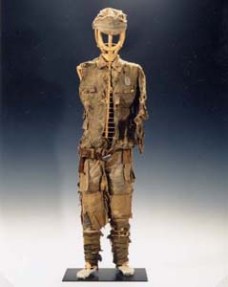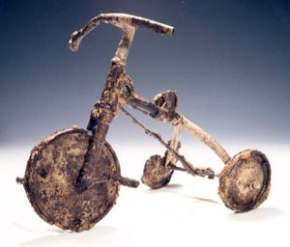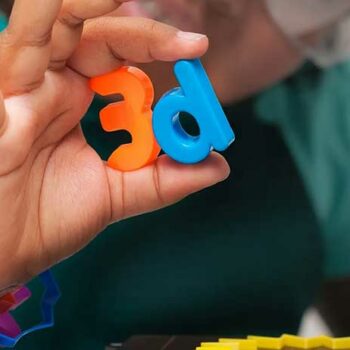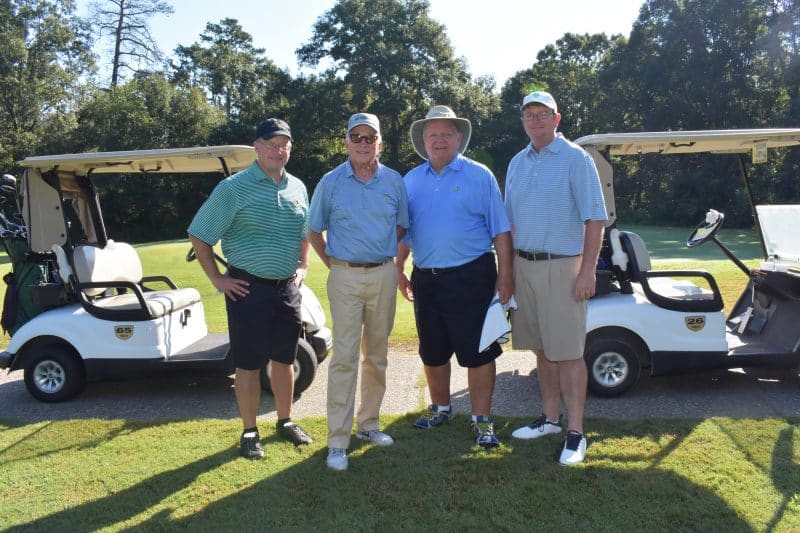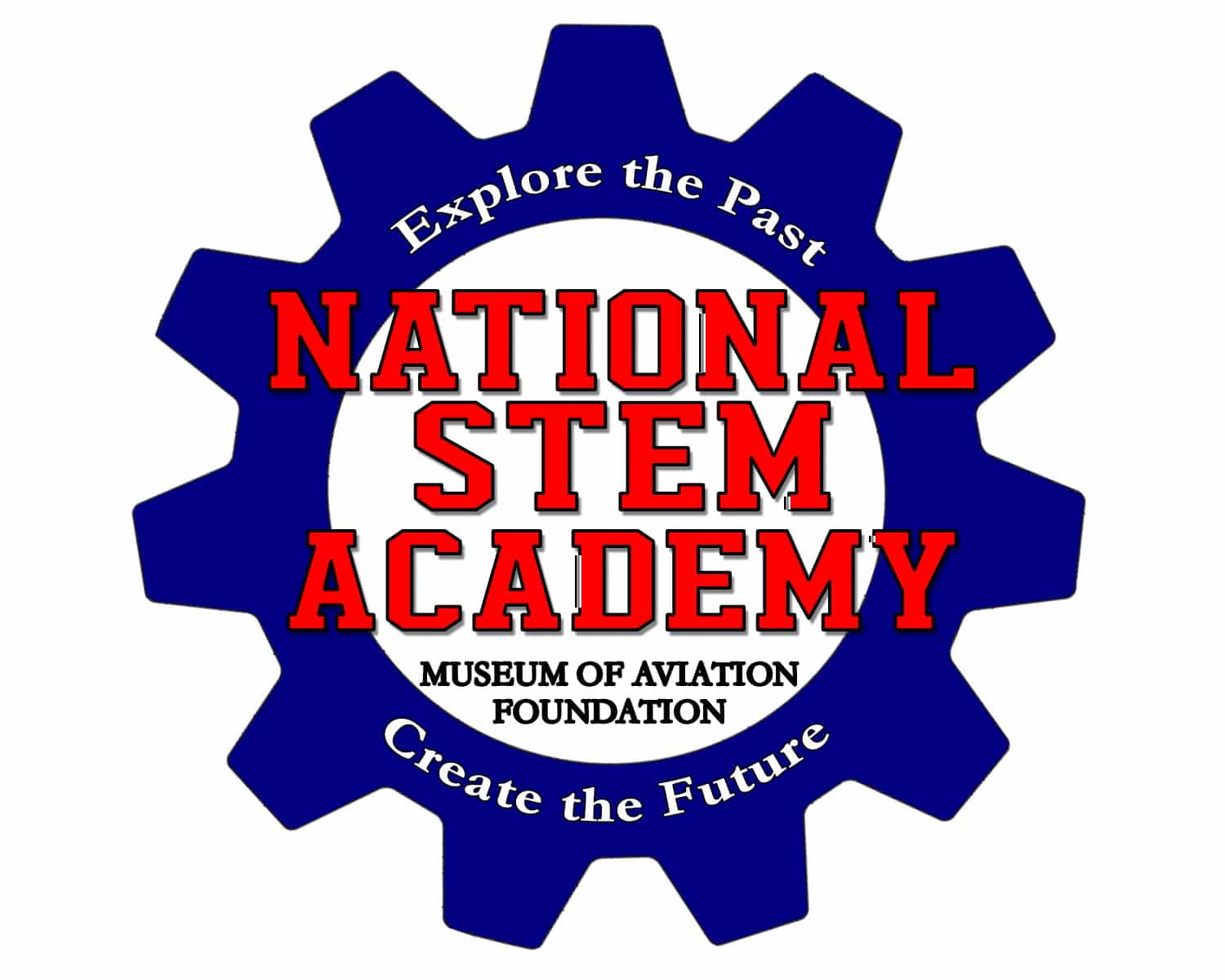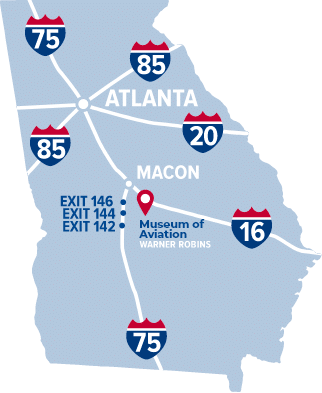This summer, I began my internship at the Museum of Aviation. Upon arriving here, I spent some time going through the museum. Last summer I was a volunteer in Hangar One (the Vietnam Hangar) but was interested to take a closer look at some of the exhibits I had not seen last year.
As I made my way into the Eagle Building, I stopped to read an exhibit on WWII that mentioned the atomic bombs dropped on Japan, specifically Hiroshima. This portion of the exhibit explains a view on the Hiroshima bombing from a strategic, military point of view, explaining the building of the bomb as well as the circumstances behind it.
Having grown up in a military family, I have had the opportunity to do extensive amounts of travelling. During my senior year of high school in the Fall of 2009, I was living in Fussa (a prefecture of Tokyo), in Japan and had begun reading Hiroshima by John Hersey in my English class. This had been one of my first insights into the history of the bombing of Hiroshima.
Later that Fall, while travelling for tennis, we had the opportunity to stop and visit the Peace Memorial Museum in Hiroshima. What is interesting is that being both in Hiroshima, as well as on military bases, allowed me to experience multiple perspectives on this event in history. My English teacher had us discussing both perspectives on the bombing, one being how it impacted those living in the area, and the other being how it impacted the events of World War II.
The Peace Memorial Museum in Hiroshima was an incredible experience, and I appreciated the opportunity we had to explore it. The museum was split into different sections, but the one that had the biggest impact on me held articles of clothing, personal artifacts, and stories about individuals who had lived in the area at the time. Many of these artifacts in the museum were marked with a card, letting the visitor know how far away the artifacts were from the center of the atomic bomb’s explosion. Items that belonged to children and families seemed to be the most interesting, as well as saddening artifacts held inside the museum. An example of such an artifact is this boy’s uniform below. This uniform (as well as the boy wearing it) had been 900 yards from the center of the atomic bomb.
One of the amazing parts of this museum was the amount of detail in the stories behind many of the artifacts. Because uniforms such as this often had name tags the museum was able to speak to family members and those in the community to give detailed accounts of those who owned the artifacts originally.
There was one item in particular that stuck out to me. A tricycle (pictured below) of a three year old named Shin. This tricycle was buried with the boy who died riding it, and was later dug up when the boy’s father transferred Shin to the family grave. He then donated this bike to the Peace Memorial Museum.
During our visit to the museum, we were approached by a few Japanese citizens who were very interested in our perspective on the events that had happened and the stories being told within the museum. A couple people expressed to us that they were happy that we had taken time to go through the museum, as Hiroshima had been such a crucial point in Japanese history as well as American history. While the topic itself has the potential to be a very sensitive subject, we were able to discuss various artifacts within the exhibits, as well as the stories behind them with many others visiting the Peace Memorial Museum.
The Peace Memorial Museum gave me the incredible opportunity to learn more about the lives of those affected by the bombing of Hiroshima, whereas the Museum of Aviation was able to give me a better perspective on the military tactics and situations of the war that resulted from the bombing. For almost everyone involved, whether it be a US military member or citizen of Japan, the bombing of Hiroshima is a very emotional point in history.
One of the greatest benefits of growing up on military bases, as well as staying involved in the military community, is the experiences and knowledge you gain from being surrounded by so much history. The Peace Memorial Museum was an incredible experience, and the Museum of Aviation’s exhibits reminded me of past experiences, as well as how much knowledge I have the potential to gain this summer.
-Emma the Intern







